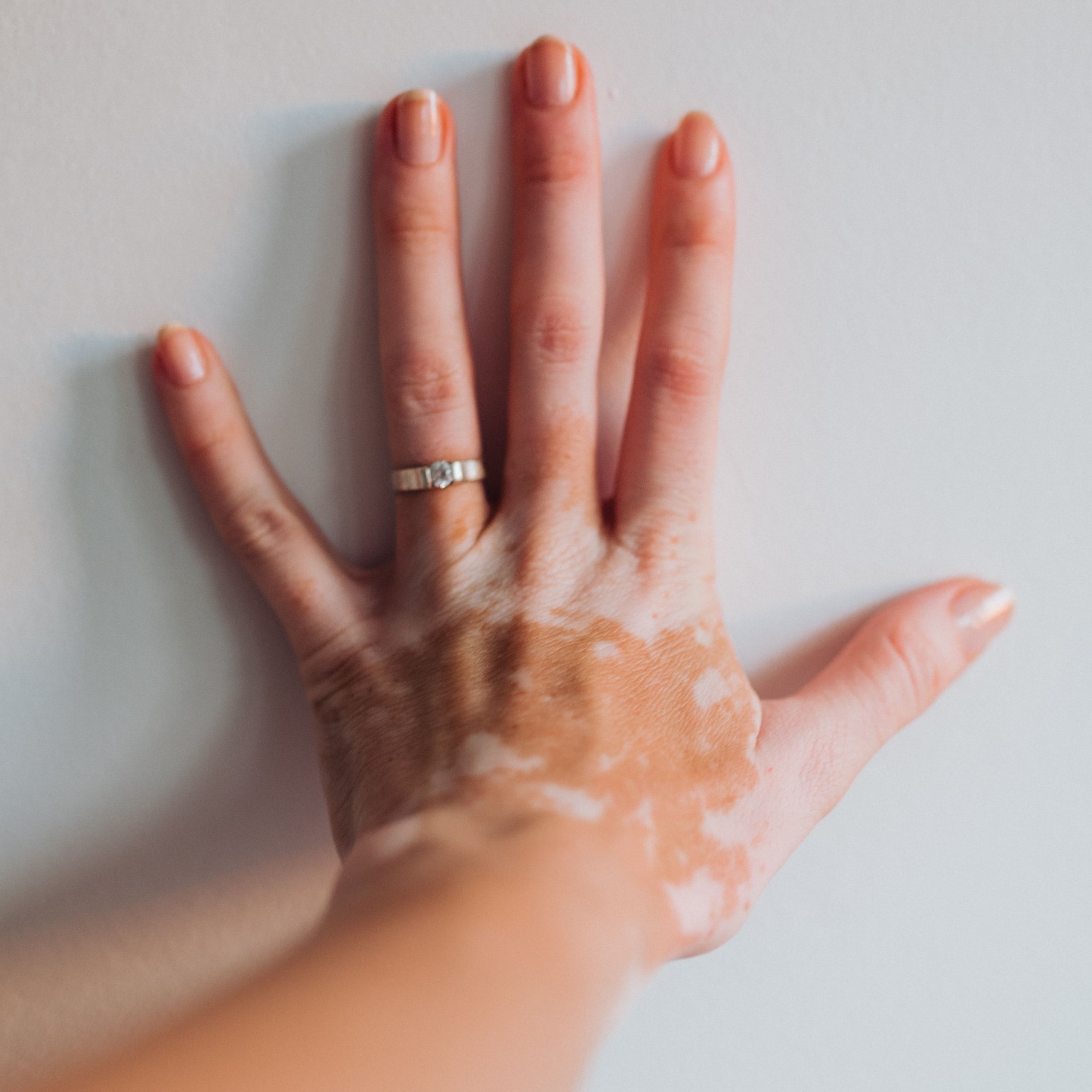Video
Multiple Sun Protective Methods for Maximum UV Safety
Author(s):
Dr. Cohen speaks on combining sun protective measures, such as sunscreen, protective clothing, and antioxidant supplements.
During these hot summer days, one might be tempted to think that a single instance of applying sunscreen before swimming or relaxing on the beach (even under shade) would be adequate protection against harmful ultraviolet (UV) rays.
But in fact, proper UV safety requires much more than just sunscreen, which Jeffrey Cohen, MD, from the Department of Dermatology at the Yale School of Medicine, explained in his interview with HCPLive.
“So, a lot of times when we're outside-we're at the beach, we're at the pool, we're going swimming, we're running around, we're sweating- some of the sunscreen, even those that say ‘water resistant’, does come off,” Cohen said. “So, it's important to reapply after you do some of those activities - you can imagine the sunscreen sort of wiping away- and also to reapply after about 2 hours in the sun, because that's how long those sunscreens really offer protection for.”
Cohen also noted that the use of sun protective clothing has become more popular in children and adults in recent years, as the products have become “more stylish and comfortable”. Spray sunscreen, on the other hand, has been generally regarded to be less effective than traditional sunscreen as they are more difficult to apply evenly across the body. Though he did not recommend them (“the sprays are not my favorite, to be honest”), he did concede that any protection is better than none at all.
Promisingly, new oral options such as Heliocare have become more widely accessible in recent years, and are an effective add-on to other sun protective measures.
“(Heliocare) is derived from a plant, and taking the pill in the morning can offer some sun protection, (but) it's really important to understand that this is not a substitute for sunscreen, it's something to use in addition to sunscreen,” Cohen said. “But it does give you 1 Fitzpatrick type,roughly, increase in your innate ability to protect your skin against the sun. It's a supplement that is well-tolerated, readily available online, and also in some stores that you can take in addition to using sunscreen just to give yourself one more layer of protection when you're outside.”
To hear more from Dr. Cohen on how to best protect yourself from intense sunburn and more, please watch the complete video interview above.





